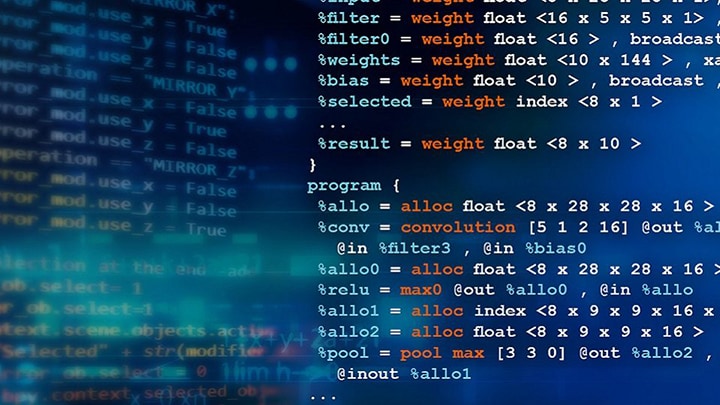Author

NXP
At NXP, innovation is always now, but our focus is always the future. Our dedicated team of experts is united by a passion to make everyday life more remarkable through technologies that continually redefine life as we know it.

Back in the dim, distant past, the personal computer revolution began. Small, low-cost PCs gave everyone the chance to discover the art of programming and carry out simple tasks. But with an 8-bit Z80 processor running at 3.5 MHz, and a mere 4 kB of ROM and 1 kB of RAM to work with, efficient coding was a key element of design! Now, some 30 years later, a similar revolution is being led by the ‘single-board computer’. However this time, in unison with affordability, processing power and memory are in a completely different league.
The rise of the single-board computer
 Today, significant processing power is a feature of everyday appliances. TVs,
cars, and washing machines are so ‘smart’ they would amaze a
time-traveller from 1980, while a smartphone could well lead the visitor to
believe in magic. And for as little as € 50, or less, we can get a high
performance computer (with a 32-bit ARM11 core running at 700 MHz with 512 MB
SDRAM) on a board as small as a credit card.
Today, significant processing power is a feature of everyday appliances. TVs,
cars, and washing machines are so ‘smart’ they would amaze a
time-traveller from 1980, while a smartphone could well lead the visitor to
believe in magic. And for as little as € 50, or less, we can get a high
performance computer (with a 32-bit ARM11 core running at 700 MHz with 512 MB
SDRAM) on a board as small as a credit card.
Initially created as demonstration / development systems for education purposes, the versatility of these platforms mean they have found a place in numerous markets as well as forming the foundation of an almost infinite array of software and hardware applications. Their popularity has encouraged a whole gamut of manufacturers to join the bandwagon since 2012.
Are there any drawbacks? For system prototypers, a lack of compatibility means that applications developed using a single-board computer may have to be migrated to another platform for production – not necessarily an easy task. And with such a broad range of devices on the market it can be difficult to choose the one that best fits someone’s needs, especially for non-specialists. The layperson also may be surprised by the sophistication of these platforms, finding them difficult to use – after all, not everyone is an engineer or adept at programming.
Everyday ubiquity
 One of the other benefits of having Moore’s law for the last 30 years
or so, has been the performance hike and price drop for general
microcontrollers. So it is now possible to get a 32-bit microcontroller with 4
kB Flash and 1 kB SRAM in a DIP8 package for less that US$ 1. While
developments like NXP’s LPC800 offer us ubiquitous processing
power (check out the LPC800) – there is also the feeling of going full circle, by having
to be extremely careful with code density.
One of the other benefits of having Moore’s law for the last 30 years
or so, has been the performance hike and price drop for general
microcontrollers. So it is now possible to get a 32-bit microcontroller with 4
kB Flash and 1 kB SRAM in a DIP8 package for less that US$ 1. While
developments like NXP’s LPC800 offer us ubiquitous processing
power (check out the LPC800) – there is also the feeling of going full circle, by having
to be extremely careful with code density.
With single-board computers and the LPC800 it will certainly be interesting to see what developments the next 30 years brings and whether once again we will go full circle.
Tags: Technologies

At NXP, innovation is always now, but our focus is always the future. Our dedicated team of experts is united by a passion to make everyday life more remarkable through technologies that continually redefine life as we know it.

July 15, 2020
by Tom Pannell

July 28, 2020
by Markus Levy

August 4, 2020
by Ron Martino